Normalization
VerifiedAdded on 2023/06/09
|5
|799
|58
AI Summary
This article explains normalization in databases, its steps, and importance. It provides an example of normalization and discusses the issues that arise without normalization. The article also covers denormalization, business rules, and their impact on normalization and denormalization.
Contribute Materials
Your contribution can guide someone’s learning journey. Share your
documents today.
1 out of 5
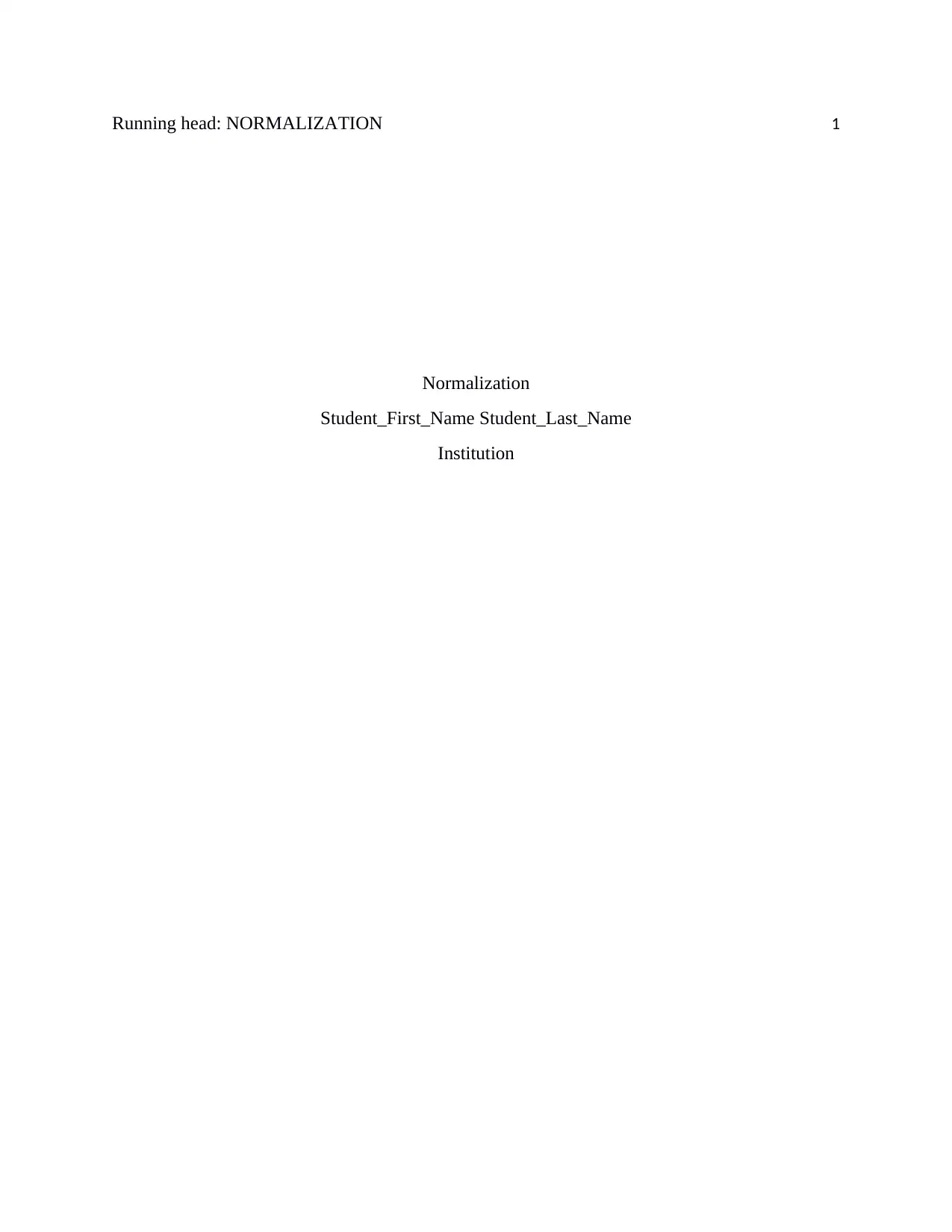
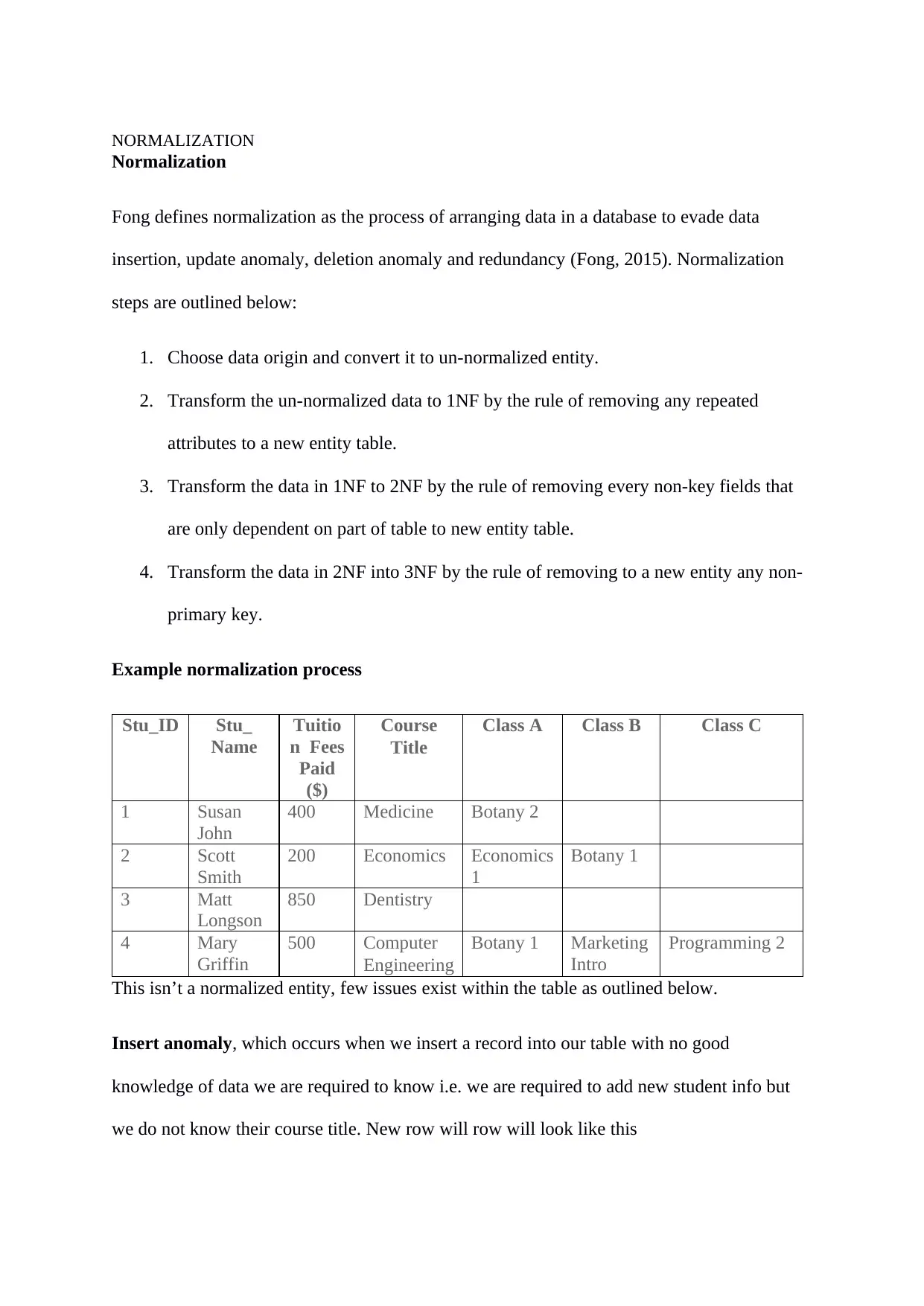
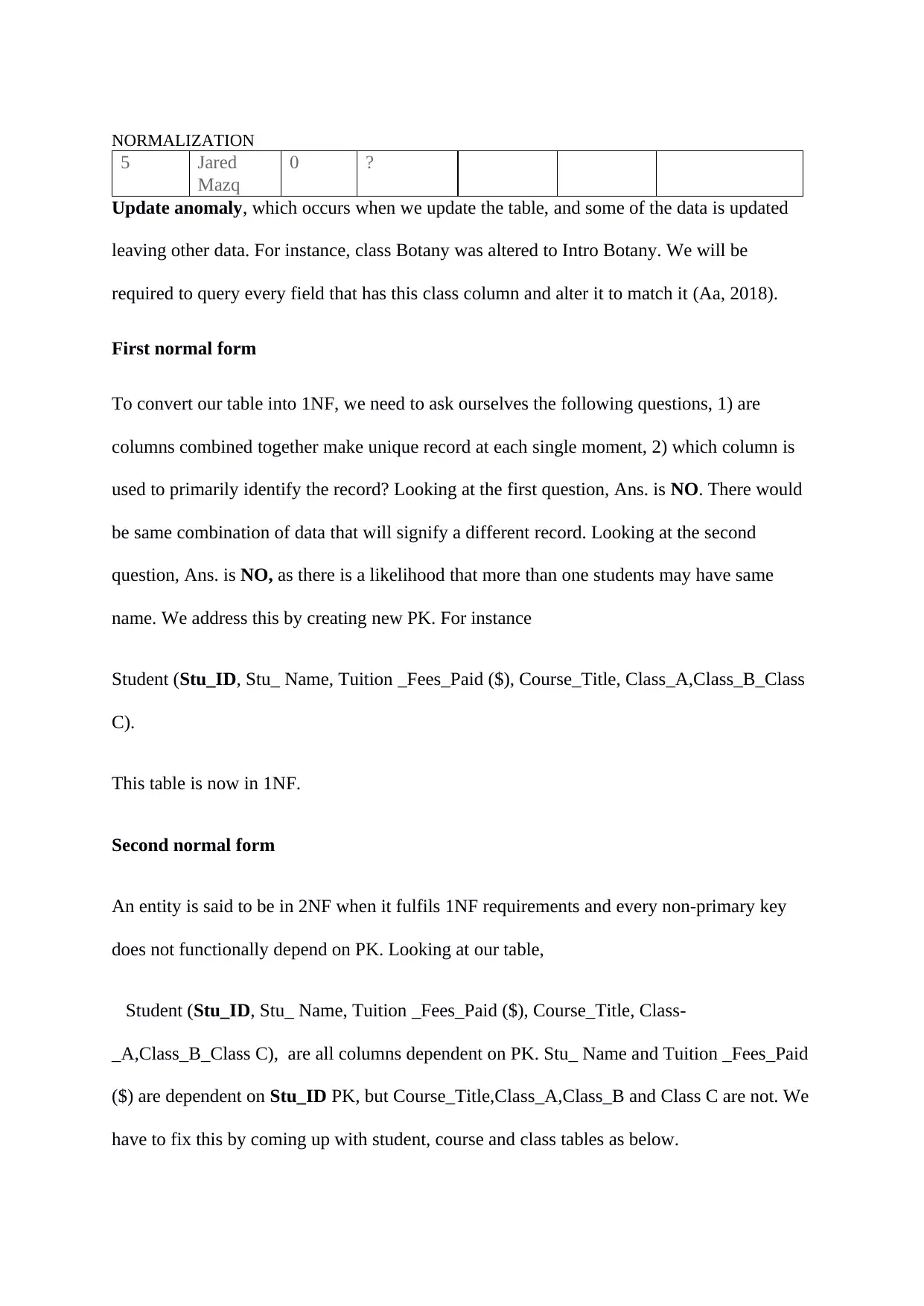
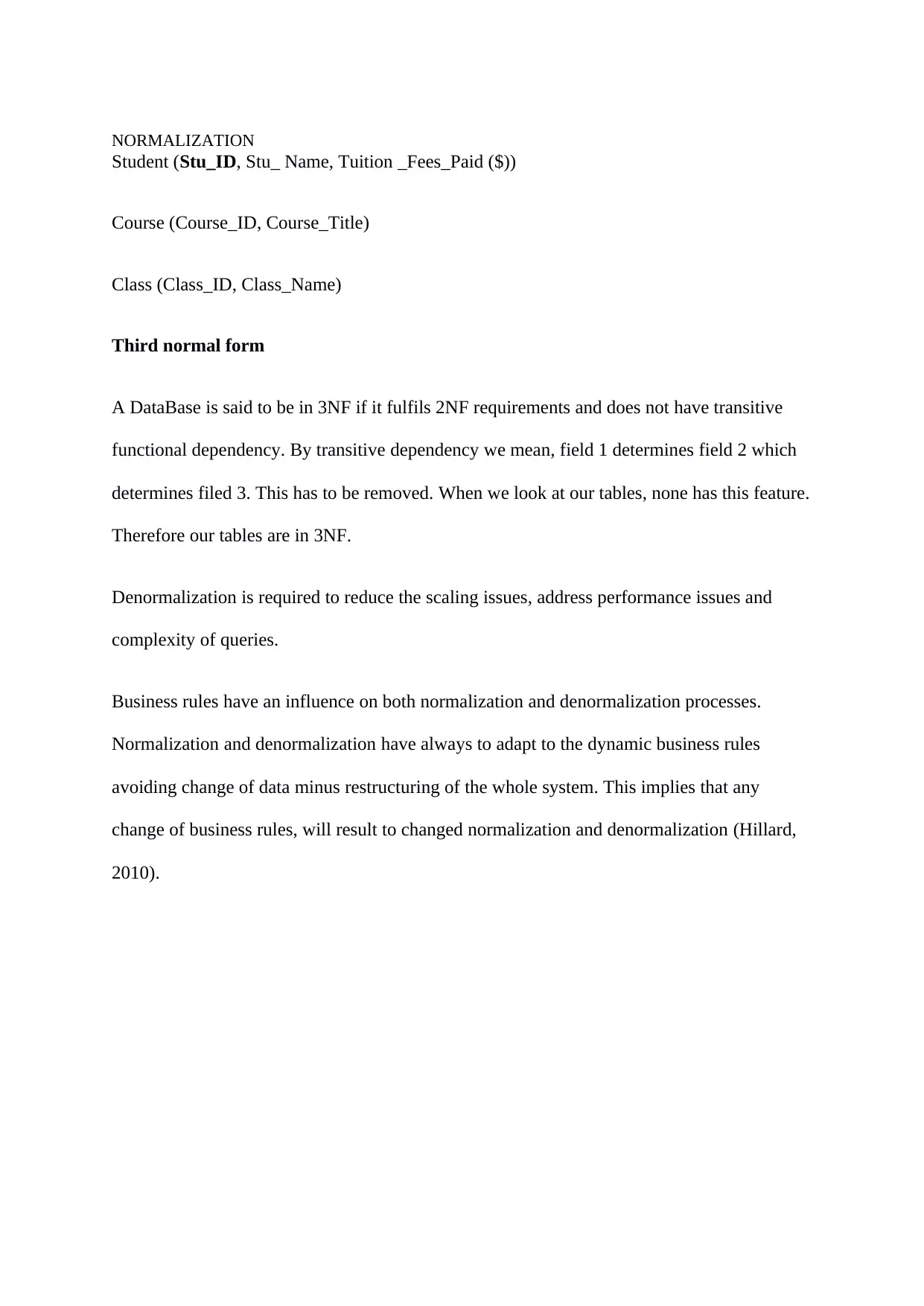
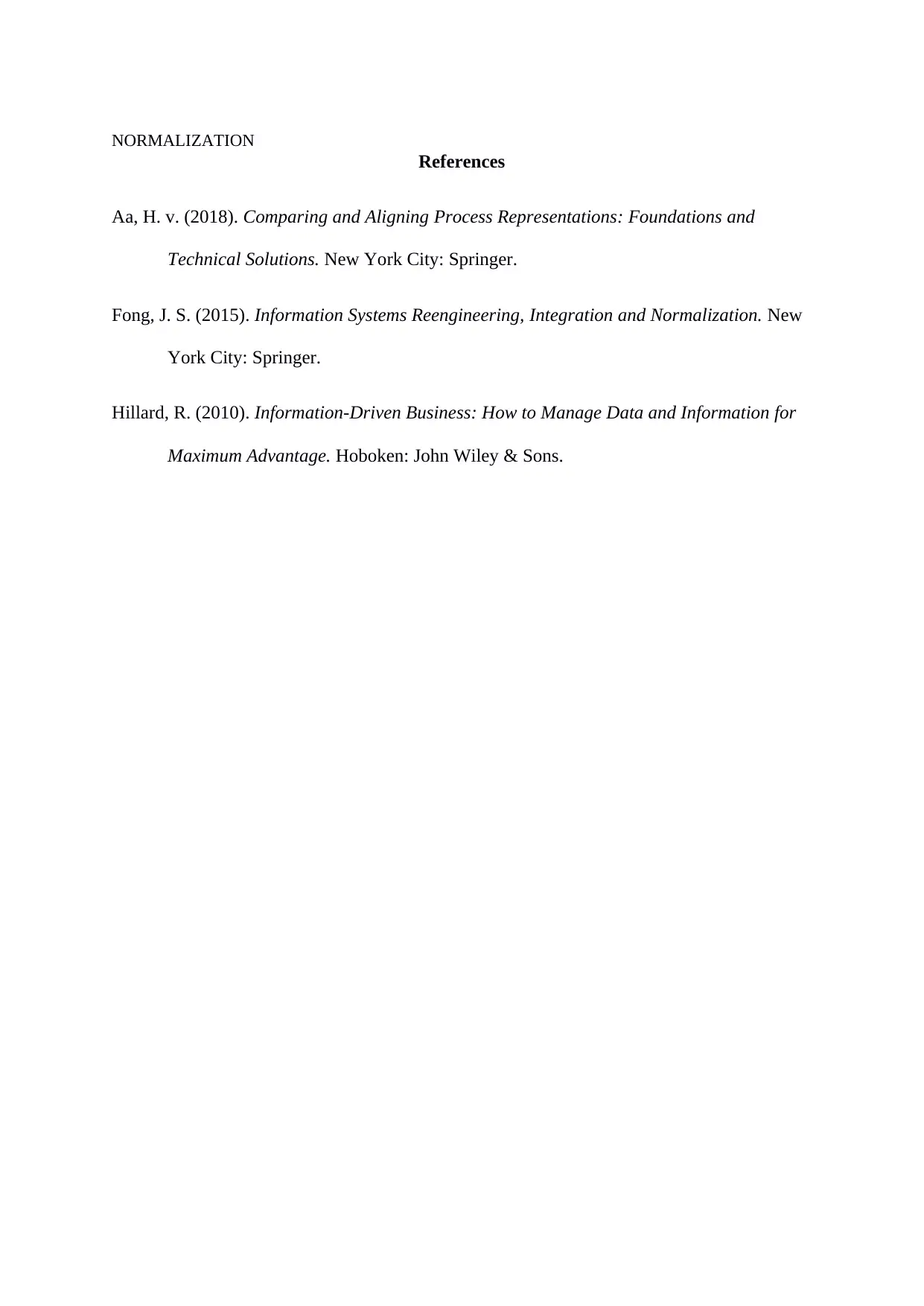





![[object Object]](/_next/static/media/star-bottom.7253800d.svg)